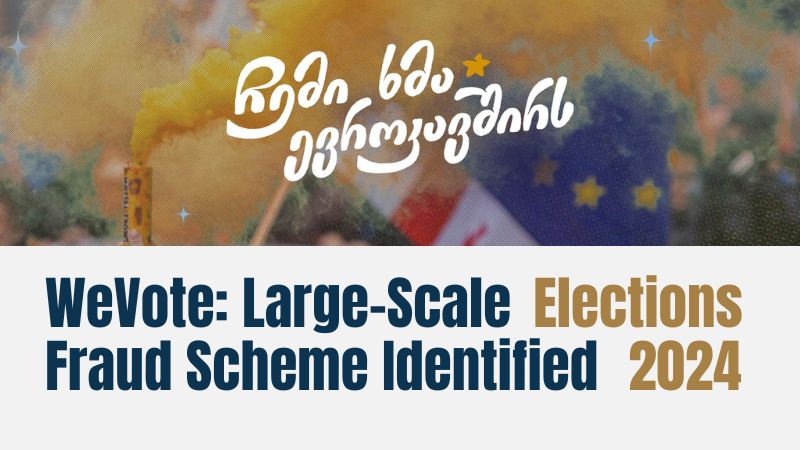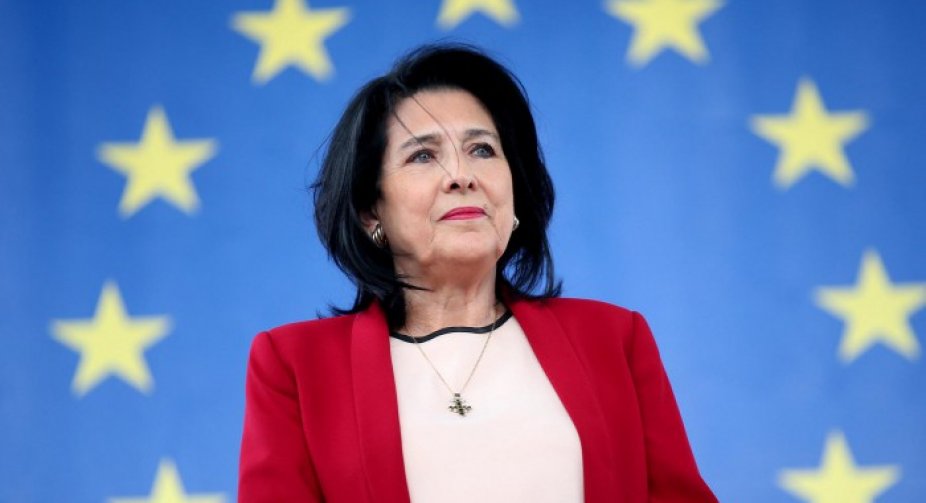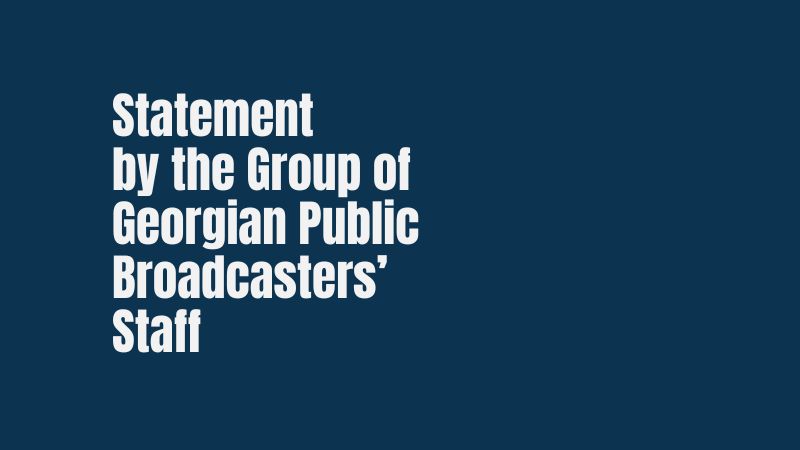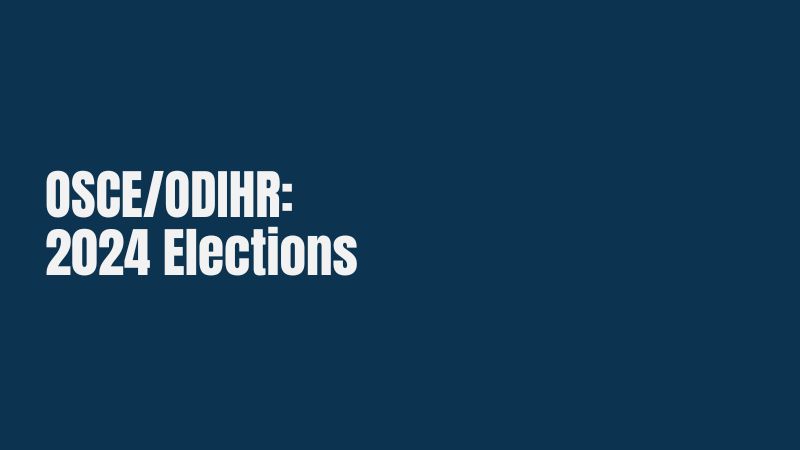“WeVote” observer coalition has published the statement, according to which, observers identified the primary scheme of large-scale electoral fraud. See unchanged:
Based on the analysis and examination of hundreds of reports, video and photo evidence received from observers regarding electoral violations, we would like to provide information about the fraudulent scheme that was employed during the parliamentary elections. The observation mission notes that, in addition to this scheme, other schemes were also in operation (including the use of criminal groups to pressure voters, voter bribery, and various forms of voter intimidation) aimed at falsifying the elections and obtaining the desired number of votes.
This scheme is substantiated by more than 370 photos and videos provided by observers, written complaints from observers, and eyewitness testimonies. Additionally, based on public sources, we have collected hundreds of photos, videos, and audio materials documenting electoral violations. We are making these photo and video materials public, sharing them with the media, and will also share them with the international community.
Throughout election day, we received over 900 reports of electoral procedure violations from our observers across 1,131 polling stations. In 196 polling stations where our representatives observed the elections, significant violations were repetitive, continuous, and systematic in nature, substantially affecting the election results.
Specifically, we have obtained evidence confirming the following pre-planned, organized fraud scheme, preparations for which began before the elections:
1. The CEC (Central Election Commission), without public discussions or stakeholder consultations, unilaterally and arbitrarily changed the rule established by the Electoral Code. Instead of determining registrar functions through a drawing of lots on election day, they set the deadline for this drawing one week before the elections. Most observation organizations found it impossible to monitor this process.
2. During the voter list formation process, there was a massive increase in reports and evidence regarding the ruling party’s rental of citizens’ ID cards and various methods of collecting and processing personal data;
3. Despite numerous calls for law enforcement agencies to act on the aforementioned facts, they remained completely inactive;
4. Despite the CEC’s public promise that there would be no obstacles to observing the verification process, election day revealed a completely opposite reality at polling stations: registration tables were systematically positioned against walls in such a way that observers could not fully monitor the process. Where our observers had the opportunity to stand behind verification devices, commission members instructed them to move away, claiming they had no right to observe from that location. In some cases, our observers were expelled from polling stations for attempting to observe the verification process.
The election fraud scheme at polling stations on election day was as follows:
5. Some voters arriving at polling stations had papers inserted in their passports or attached to their ID cards containing other persons’ personal identification numbers; voters were also able to cast votes using phone photos of ID cards;
6. Fraudulent voters had allied registrars at polling stations who were instructed to: a) quickly enter the personal number written on the paper into the verification device; b) either skip marking or perform inadequate marking;
7. In this fraud scheme, the perpetrator needed to maximally avoid marking to maintain the ability to visit other polling stations and participate in voting again using the same scheme. Consequently, marking, which should have been a safeguard mechanism against verification fraud, was not implemented;
8. Specifically: voters were allowed into polling stations without marking verification, marking fluid was not used, and manipulation during marking was documented – through covering fingers or using tissues during marking to prevent the marking fluid from touching the voter’s hand;
9. In some cases, the quality of marking fluid and UV lamps was inadequate: marking traces either did not remain or were easily erasable, while the lamps were malfunctioning – requiring battery replacement, etc.
10. The fraudulent voter and registrar were aided by the arrangement of registrar tables in the voting room, making observation impossible. Along with such infrastructure, commission members and chairpersons categorically prohibited observers from approaching registrar tables. Multiple cases of observer expulsion occurred when attempting to approach tables;
11. In the election fraud process, observers from GONGO organizations acted as allies with three tasks: ● Further neutralize observers; ● Assist ruling party representatives in bringing mobilized fraudulent voters into stations; ● Create chaos at stations when necessary, allowing registrars and fraudulent voters to conduct verification processes unnoticed and transfer ballots unimpeded.
12. All of the above enabled the perpetrator to cast a vote with the received ballot and place it in electronic or non-electronic ballot boxes.
13. This fraud scheme does not create the imbalances characteristic of other carousel schemes that require removing ballots from stations.
Despite extremely limited observation opportunities, creation of a hostile environment, and attempts at physical, verbal, and psychological violence and intimidation, observers managed to identify the main trends of this scheme and document evidence, exposing this fraud scheme and its scale.
At this time, complaints requesting the invalidation of results from 189 polling stations across various electoral districts have been prepared and will be submitted to District Election Commissions. The total number of voters in these stations exceeds 300,000. Our lawyers continue working on additional complaints requesting result invalidation, and consequently, this number will increase.
The evidence collected by the observation mission contains information about electoral fraud crimes. Accordingly, we call upon investigative agencies to launch an investigation under the qualification of election fraud.







